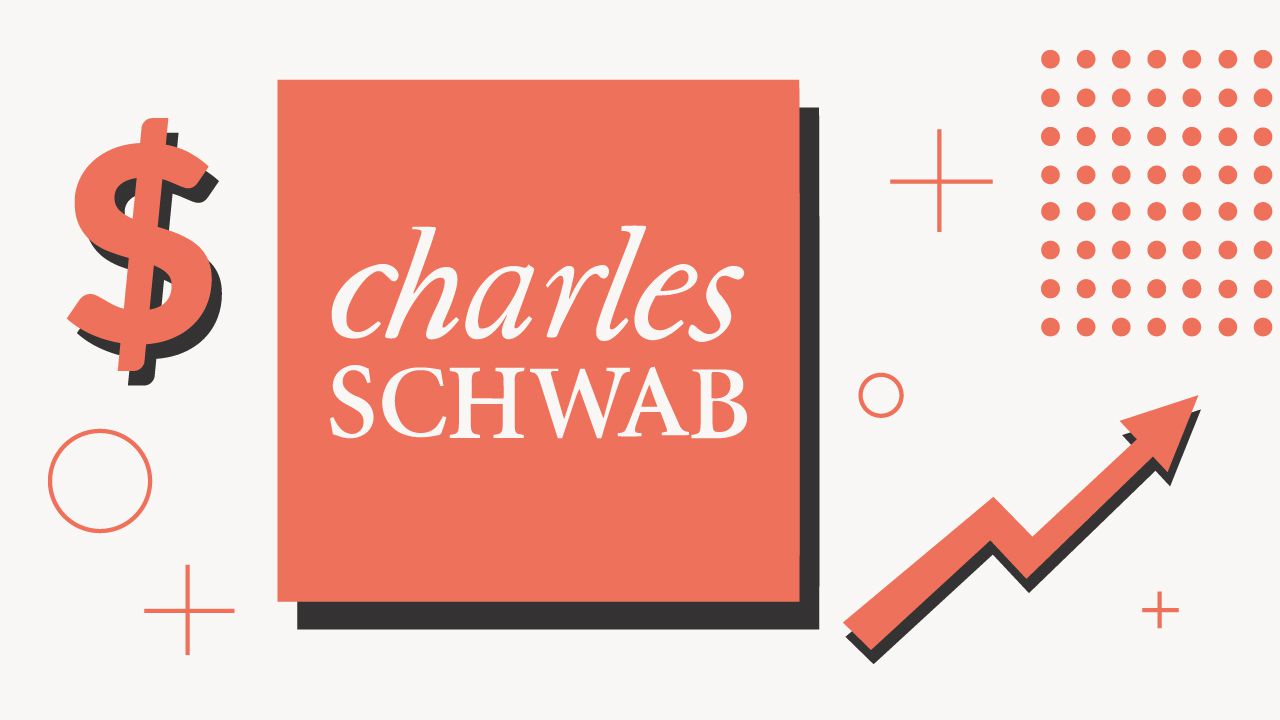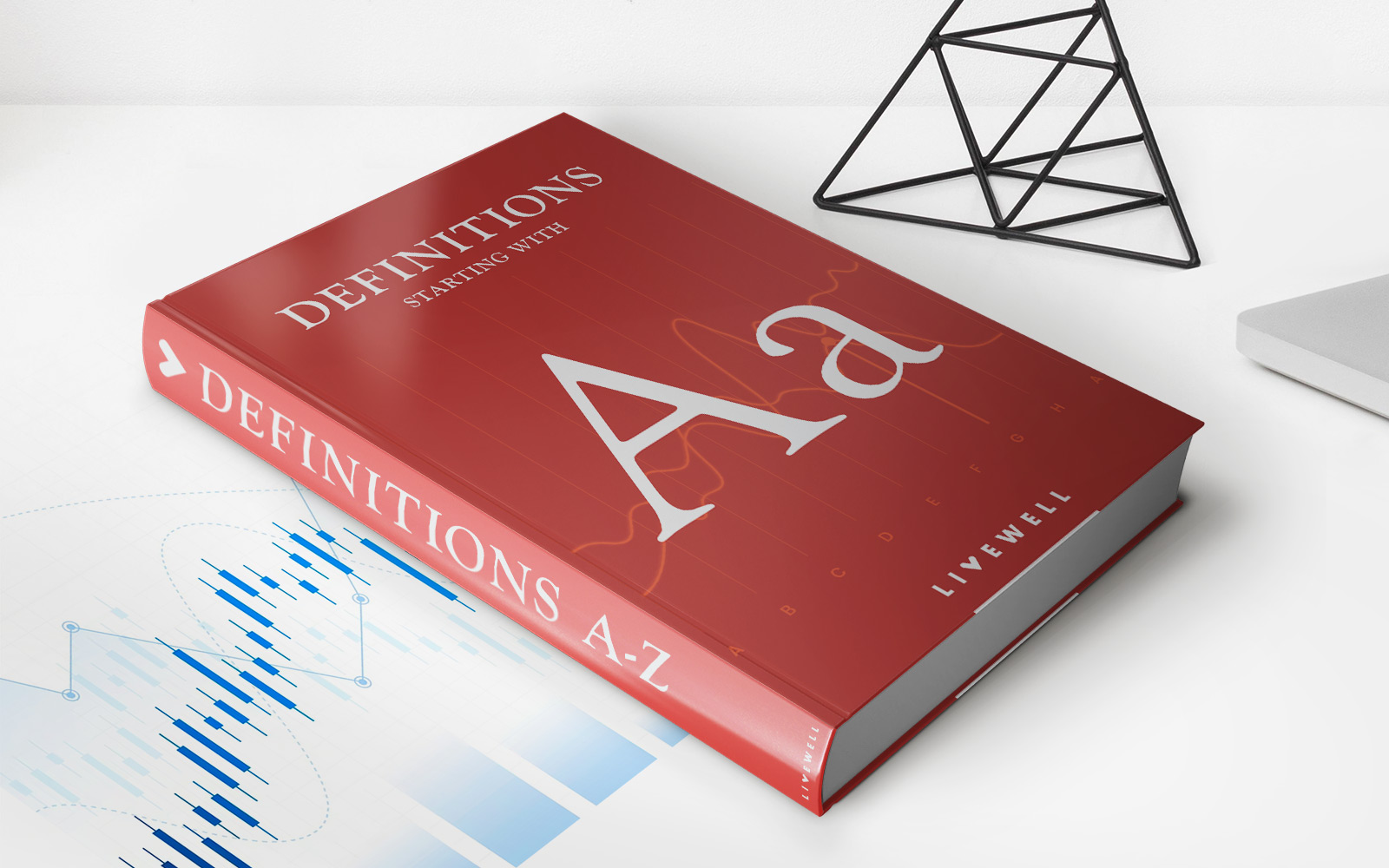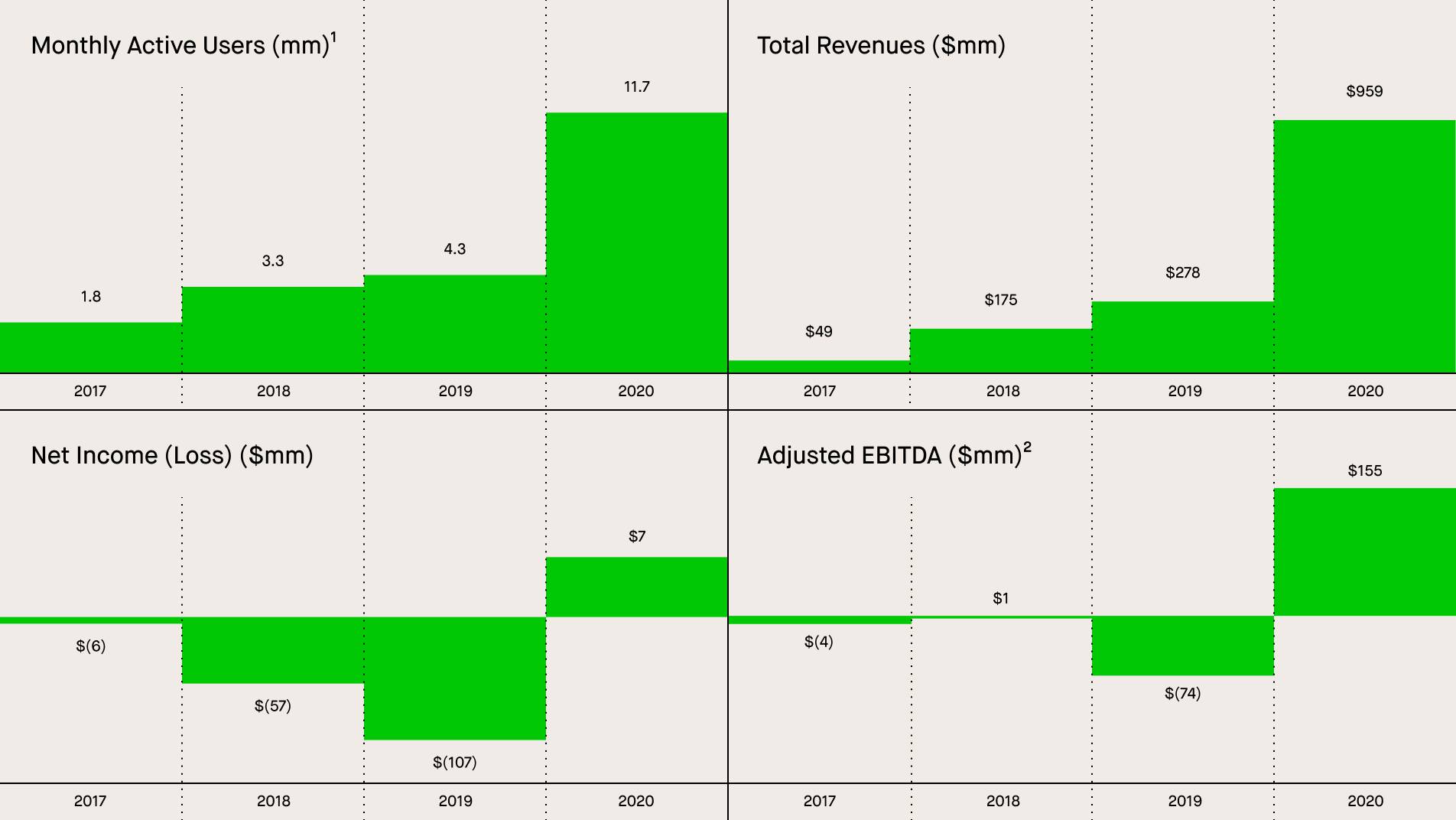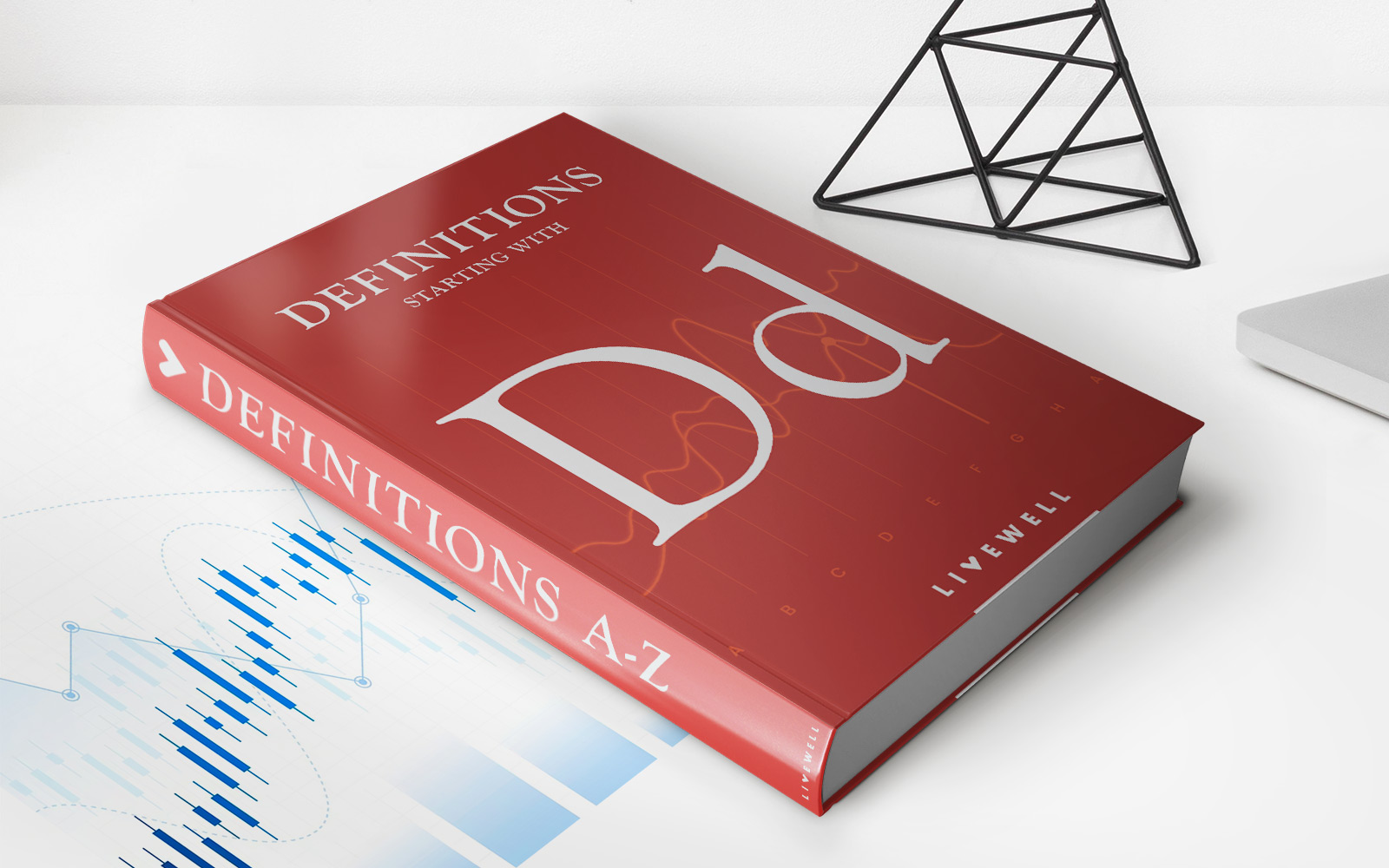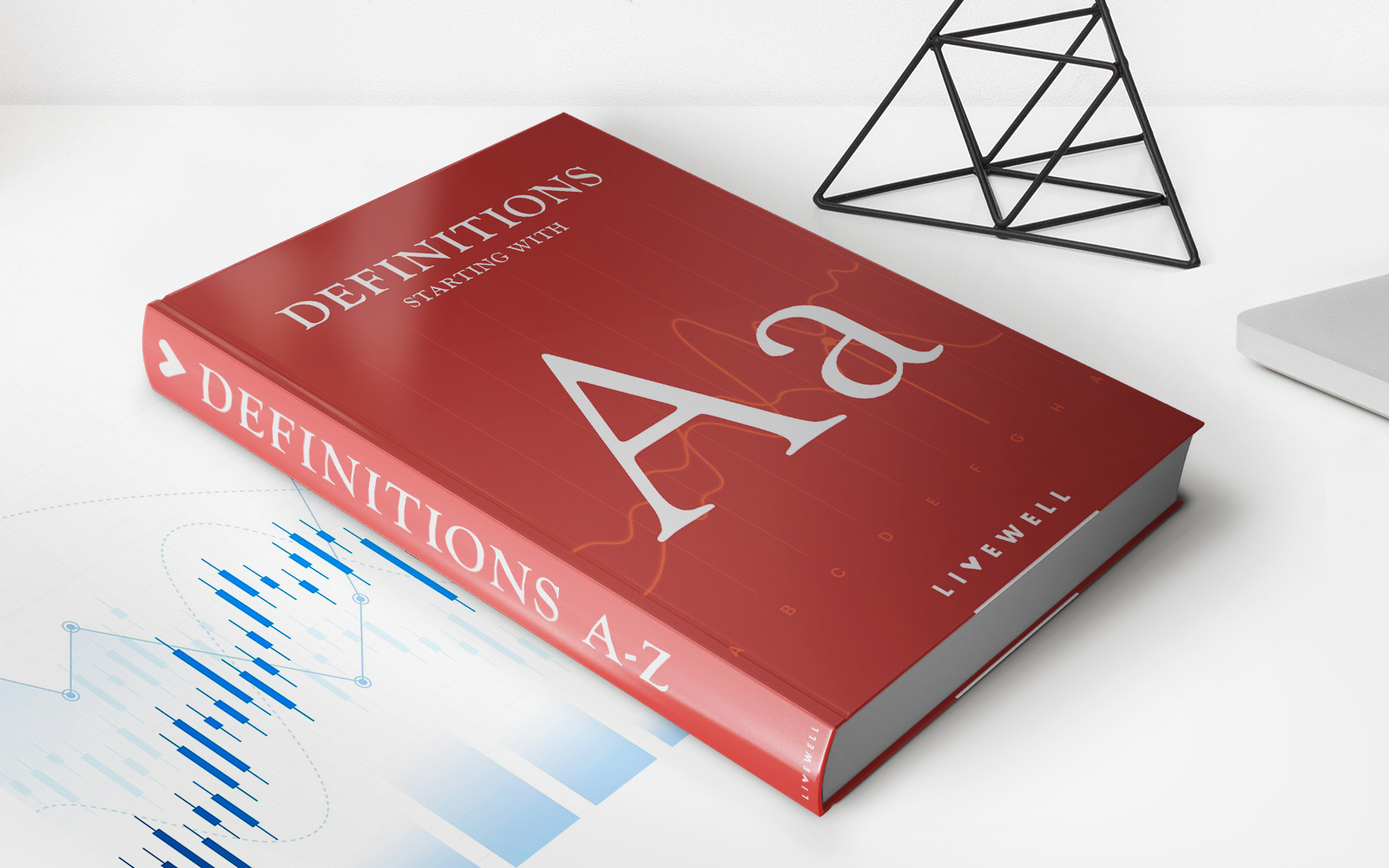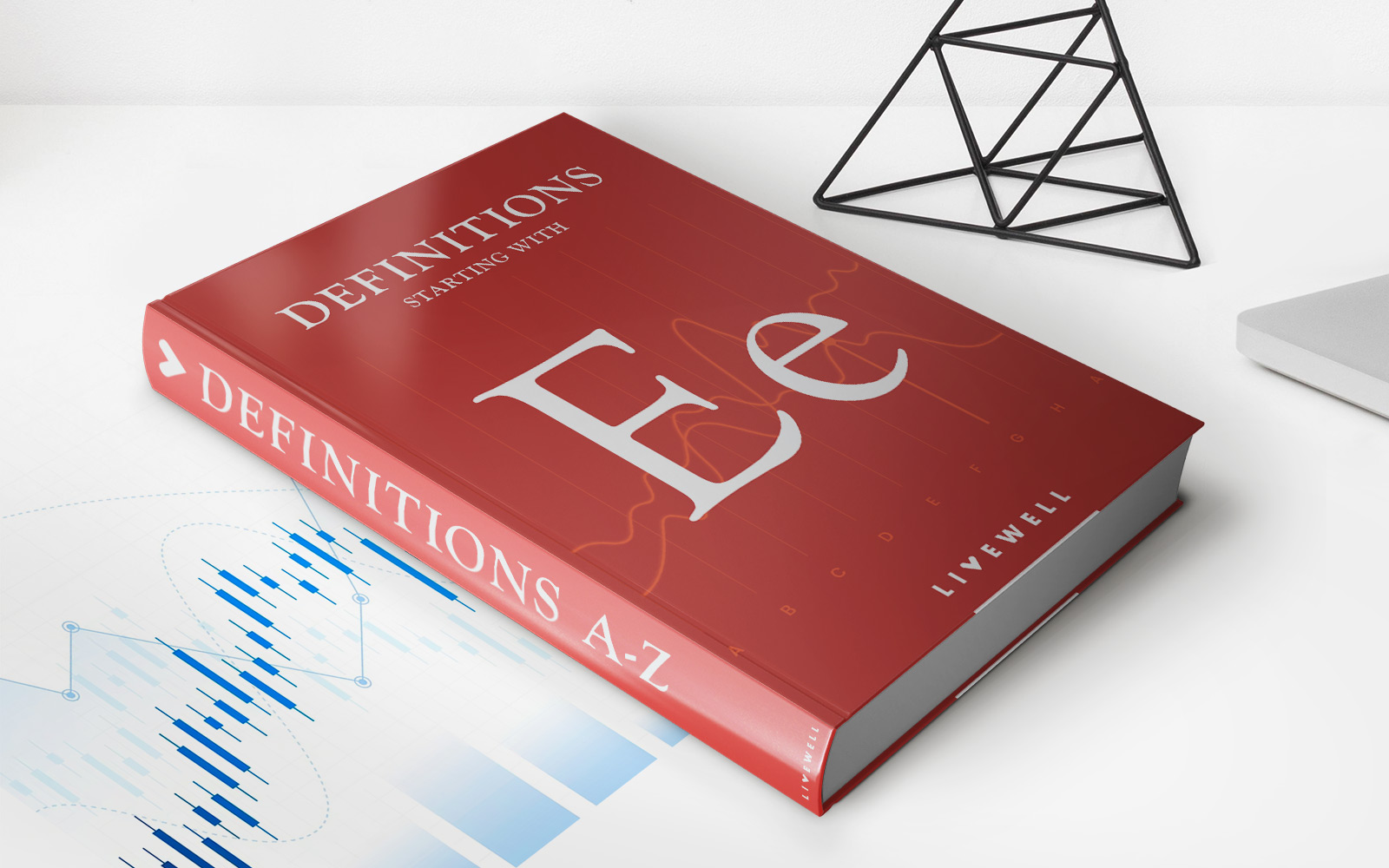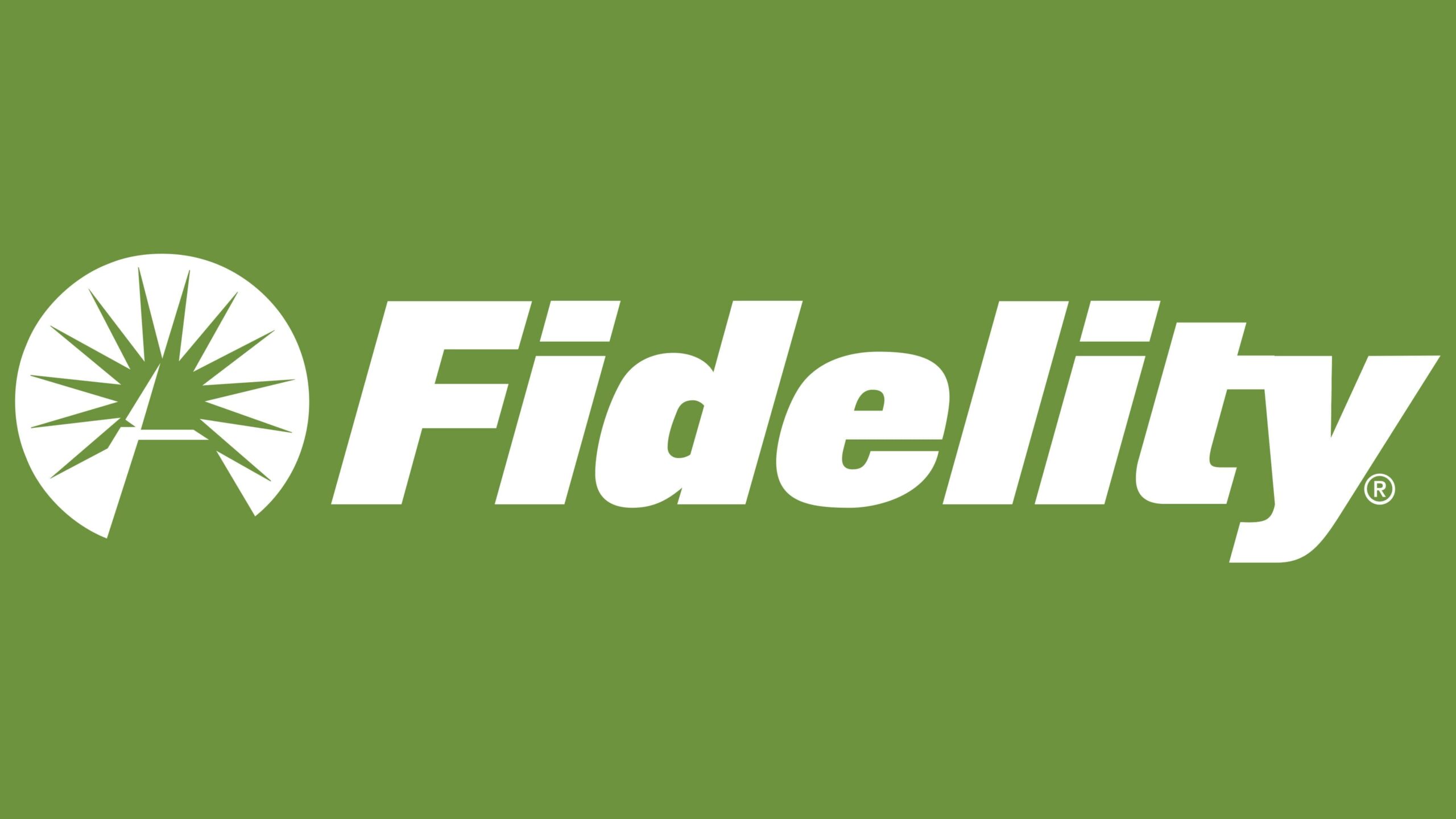

Finance
How To Buy Bonds On Fidelity
Modified: February 21, 2024
Learn how to buy bonds on Fidelity and explore the world of finance with our step-by-step guide. Start investing in bonds today!
(Many of the links in this article redirect to a specific reviewed product. Your purchase of these products through affiliate links helps to generate commission for LiveWell, at no extra cost. Learn more)
Table of Contents
Introduction:
Investing in the financial markets can be an exciting and rewarding endeavor. However, with so many options available, it can also be overwhelming, especially for those new to investing. Bonds, a type of fixed-income investment, offer a stable and predictable way to generate income and diversify your investment portfolio.
In this article, we will explore how to buy bonds on Fidelity, one of the largest and most reputable investment platforms. Fidelity provides a user-friendly interface and a wide range of bond options, making it an excellent choice for both novice and experienced investors.
Before we dive into the specifics of buying bonds on Fidelity, let’s first gain a better understanding of what bonds are and how they work.
Bonds are debt securities issued by governments, municipalities, and corporations. When you invest in a bond, you essentially lend money to the issuer in exchange for periodic interest payments and the return of the principal amount upon maturity. Bonds typically have a fixed interest rate and a specified maturity date, allowing investors to plan for the future.
One of the key attractions of bonds is their relatively lower volatility compared to other types of investments, such as stocks. This stability makes them particularly appealing to conservative investors looking to preserve capital or generate a steady income stream.
Fidelity offers a wide range of bond options, including U.S. Treasury bonds, municipal bonds, corporate bonds, and international bonds. Each type of bond has its unique risk and return profile, allowing investors to tailor their investments to their specific goals and preferences.
Now that we have a basic understanding of bonds and their appeal, let’s walk through the process of buying bonds on Fidelity. From opening an account to researching and evaluating bonds, to placing a trade and managing your investments, we will cover all the necessary steps to make your bond investing journey a success.
Understanding Bonds:
Before diving into the process of buying bonds on Fidelity, it is crucial to have a solid understanding of the key concepts and features of bonds.
A bond is a fixed-income investment where an investor loans money to the issuer, typically a government, municipality, or corporation. In return, the issuer promises to make regular interest payments, known as coupon payments, and repay the principal amount at the bond’s maturity. This makes bonds a form of debt instrument.
Here are some essential terms and features to know when delving into the world of bonds:
- Face value: Also known as par value or principal, this is the initial amount borrowed by the issuer and the amount that will be repaid to the investor at maturity.
- Coupon rate: The coupon rate represents the annual interest rate paid by the issuer. It is usually stated as a percentage of the bond’s face value.
- Maturity date: The maturity date is the date when the bond reaches its full term, and the principal amount is repaid to the investor.
- Yield: The yield is the effective annual interest rate an investor receives based on the bond’s current price. It factors in the coupon payment as well as any fluctuations in the bond’s market value.
- Ratings: Bonds are assigned credit ratings by independent agencies, such as Standard & Poor’s and Moody’s, to indicate the issuer’s creditworthiness. Higher-rated bonds are considered less risky, while lower-rated bonds carry higher risk but offer potential higher returns.
- Risk and return: Bonds vary in terms of risk and return. Government bonds, especially those issued by stable countries, are generally considered the safest, while corporate bonds may carry higher credit risk. Investors should carefully assess their risk tolerance and investment objectives when selecting bonds.
- Liquidity: The liquidity of a bond refers to how easily it can be bought or sold in the market without significantly impacting its price. Highly liquid bonds are more readily tradable, while illiquid bonds may have limited buyers or sellers.
By understanding these fundamental aspects of bonds, investors are equipped with the knowledge needed to navigate the bond market and make informed investment decisions.
Investing in Bonds through Fidelity:
Fidelity is a leading online brokerage platform that offers a wide range of investment options, including bonds. Investing in bonds through Fidelity provides several advantages, such as access to a vast selection of bond offerings, competitive pricing, reliable research tools, and a user-friendly trading platform.
Here are the key steps to invest in bonds through Fidelity:
- Opening a Fidelity account: The first step is to open a Fidelity account if you don’t already have one. You can choose between an individual brokerage account or an IRA (Individual Retirement Account) to suit your investment goals.
- Researching bonds on Fidelity: Once you have your account set up, you can explore the extensive range of bond offerings available on Fidelity. Utilize the research tools provided by Fidelity to evaluate bond performance, credit ratings, maturity dates, and other pertinent details.
- Evaluating bonds: When selecting bonds to invest in, consider your investment objectives, risk tolerance, and time horizon. You can leverage Fidelity’s research and analysis tools to compare different bonds based on their yield, credit ratings, and other important factors.
- Placing a bond trade on Fidelity: Once you have identified the bonds you wish to invest in, you can place a trade through Fidelity’s trading platform. Specify the quantity of bonds you want to purchase and the price at which you are willing to buy. Fidelity will execute the trade on your behalf.
- Managing bond investments on Fidelity: After purchasing bonds, Fidelity provides various tools and features to help you manage your investments. You can track the performance of your bond holdings, monitor coupon payments, and access important account information, all through Fidelity’s user-friendly interface.
Investing in bonds through Fidelity offers flexibility and convenience. You can choose from a diverse selection of bond types, such as U.S. Treasury bonds, corporate bonds, municipal bonds, and international bonds. Fidelity also offers competitive pricing, including low commission fees and potential discounts for frequent traders or account holders who meet certain criteria.
Furthermore, Fidelity provides comprehensive research and educational resources to help investors make informed decisions. You can access market insights, expert analysis, and educational materials to enhance your understanding of bond investing.
Investing in bonds through Fidelity ensures a seamless and efficient process, backed by a trusted and reputable financial institution. Whether you are a seasoned investor or just starting your investment journey, Fidelity’s robust platform and comprehensive support make it an excellent choice for bond investing.
Opening a Fidelity Account:
Before you can start investing in bonds through Fidelity, you need to open an account with the brokerage platform. Fidelity offers various account types to suit your investment needs, including individual brokerage accounts, retirement accounts (such as Traditional IRA, Roth IRA, or SEP IRA), and educational savings accounts (such as the 529 plan).
Here are the steps to open a Fidelity account:
- Visit the Fidelity website: Go to the Fidelity Investments website and click on the “Open an Account” or “Get Started” button, usually located prominently at the top of the page.
- Select the account type: Choose the account type that aligns with your investment objectives. Fidelity offers a range of options, from general brokerage accounts for individual investors to retirement accounts for long-term savings goals.
- Fill out the application: Provide the required information to complete the account application. This typically includes personal details, contact information, and financial information, such as your employment status and annual income.
- Verify your identity: Fidelity is required by law to verify your identity to comply with anti-money laundering regulations. You may need to provide documentation, such as a copy of your government-issued ID and proof of address.
- Fund your account: Once your application is approved, you can fund your Fidelity account. You have various options, including bank transfers, wire transfers, or by depositing a check.
- Set up online access: After funding your account, you will need to set up your online access. This includes creating a username and password that will allow you to log in to your Fidelity account and access its features.
During the account opening process, you may also have the option to sign up for additional services, such as margin trading or dividend reinvestment programs. These additional features can enhance your investing capabilities but are not mandatory.
It’s important to note that Fidelity may have certain eligibility requirements and account minimums for specific types of accounts. Make sure to review these requirements and understand any associated fees or charges before proceeding with opening your account.
Opening a Fidelity account is a straightforward process that can typically be completed online. If you have any questions or need assistance, Fidelity’s customer service team is readily available to help guide you through the account opening process.
Researching Bonds on Fidelity:
Once you have opened an account with Fidelity, you gain access to a wide range of research tools and resources to help you make informed investment decisions when it comes to bonds. Fidelity provides comprehensive bond research capabilities, allowing you to evaluate various bond offerings and make choices that align with your investment goals and risk tolerance.
Here are some key features and tools available for researching bonds on Fidelity:
- Bond search: Fidelity’s bond search tool allows you to filter and search for bonds based on specific criteria, such as bond type, credit rating, maturity date, yield, and coupon rate. This helps you narrow down your options and find bonds that match your investment preferences.
- Ratings and analysis: Fidelity provides access to credit ratings from leading rating agencies, such as Standard & Poor’s and Moody’s. These ratings offer insights into the creditworthiness of bond issuers and can help you assess the risk associated with different bond offerings. Additionally, Fidelity offers detailed bond analysis, market insights, and research reports to aid in making informed decisions.
- Charts and performance data: Fidelity’s platform allows you to view charts and historical performance data for individual bonds. You can analyze price trends, yield fluctuations, and other key metrics to better understand the bond’s performance over time.
- Interest rate environment: Fidelity provides research on the current interest rate environment and its impact on bond markets. This can help you gauge how different bond types and maturities may be affected by changes in interest rates.
- Market news and updates: Stay informed about the latest market news, economic events, and bond-related developments through Fidelity’s news and research updates. Being aware of current events and market conditions can help you make more informed decisions and understand the broader context of your bond investments.
- Expert insights and education: Fidelity offers educational resources, webinars, and articles that cover a wide range of bond-related topics. These can help you expand your knowledge, learn about different bond strategies, and make more informed investment decisions.
By leveraging these research tools and resources provided by Fidelity, you can effectively analyze and evaluate different bond options. The goal is to select bonds that align with your risk tolerance, investment objectives, and time horizon.
It’s important to note that while Fidelity’s research tools and resources provide valuable information, conducting your own due diligence is essential. Consider factors such as the issuer’s financial health, economic conditions, and any specific risks associated with the bond offering.
By utilizing Fidelity’s robust research capabilities, you can gain confidence in your bond investment decisions and create a well-informed and diversified bond portfolio.
Evaluating Bonds:
When it comes to investing in bonds, evaluating the various options available is crucial to making informed investment decisions. Fidelity provides a range of tools and resources to help investors evaluate bonds and assess their suitability for their investment goals and risk tolerance.
Here are some key factors to consider when evaluating bonds:
- Credit rating: The credit rating of a bond issuer indicates their creditworthiness and the likelihood of defaulting on their payments. Fidelity provides access to credit ratings from leading agencies such as Standard & Poor’s and Moody’s. Higher-rated bonds are generally considered less risky but may offer lower yields, while lower-rated bonds carry higher risk but potentially higher returns.
- Yield and coupon rate: The yield and coupon rate of a bond determine the income generated from holding the bond. The yield reflects the effective interest rate an investor receives based on the bond’s current market price. Compare the yield and coupon rates of different bonds to ensure they align with your income expectations and financial goals.
- Maturity date: The maturity date of a bond is the date when the principal amount is repaid to the investor. Consider your investment horizon and financial plans to select bonds with suitable maturity dates. Longer-term bonds may offer higher yields but carry a higher risk of interest rate fluctuations.
- Market conditions: Assess the current market conditions and interest rate environment to gauge potential risks and opportunities. Changes in interest rates can impact bond prices, so be mindful of how rising or falling interest rates may affect your bond investments.
- Liquidity: Liquidity is an important factor to consider when evaluating bonds. Highly liquid bonds can be easily bought and sold in the market without significantly impacting their price. Illiquid bonds may have limited trading volumes, making them more challenging to sell if needed.
- Issuer’s financial strength: Evaluate the financial stability and performance of the bond issuer, whether it’s a government, corporation, or municipality. Consider factors such as revenue generation, debt levels, and overall economic conditions to assess the issuer’s ability to honor their payment obligations.
- Tax implications: Assess the tax implications of your bond investments. Some bonds, such as municipal bonds, offer tax advantages, while others may be subject to federal, state, or local taxes. Consult with a tax professional to understand the tax implications and optimize your bond investment strategy.
By taking these factors into account and conducting thorough research, you can effectively evaluate bonds and make informed investment decisions. Fidelity’s research tools and resources can be instrumental in gathering the necessary information and insights to assess the various bond options available to you.
Remember, diversification is key when investing in bonds. Spread your investments across different bond types, issuers, and maturities to mitigate risk and optimize your potential returns. Regularly review and reassess your bond portfolio to ensure it remains aligned with your investment goals and risk tolerance.
It’s important to note that bond evaluation is an ongoing process. Keep up with market trends, monitor changes in credit ratings or issuer profiles, and stay informed about economic developments that may impact the bond market. This diligence will help you maintain a well-informed and resilient bond investment strategy.
Placing a Bond Trade on Fidelity:
Once you have researched and evaluated the bonds you are interested in, the next step is to place a bond trade on Fidelity. Fidelity offers a user-friendly and efficient trading platform that allows you to buy and sell bonds seamlessly. Here’s a step-by-step guide on how to place a bond trade on Fidelity:
- Login to your Fidelity account: Visit the Fidelity website and log in to your account using your username and password.
- Go to the bond trading page: Navigate to the bond trading page on Fidelity’s platform. This page allows you to view bond market updates and access trading tools and resources.
- Search for the bond: Use Fidelity’s bond search tools to find the specific bond you want to trade. You can search by bond name, ticker symbol, or other relevant details.
- View the bond details: Click on the bond’s name to access its details, including its current price, yield, maturity date, and other relevant information. Review these details to confirm that it aligns with your investment criteria.
- Specify the trade details: When placing a bond trade on Fidelity, you need to specify the key trade details, including the quantity of bonds you want to buy or sell and the price at which you are willing to transact. You can choose between placing a market order (buy or sell at the prevailing market price) or a limit order (buy or sell at a specific price or better).
- Review and confirm the trade: Before finalizing the trade, carefully review all the details you have entered, including the quantity, price, and any applicable fees. Ensure that the information is accurate and meets your trading objectives.
- Submit the trade: Once you are satisfied with the trade details, submit the trade through Fidelity’s trading platform. Fidelity will execute your trade, and you will receive a confirmation of the transaction.
It’s important to note that bond trading on Fidelity may be subject to certain fees, such as commissions and markups. Review Fidelity’s fee schedule or contact their customer service to understand the costs associated with bond trading.
After placing a bond trade, you can monitor the status of your order through Fidelity’s trading platform. You will receive updates on the execution of your trade and the settlement process.
It’s worth mentioning that Fidelity offers a range of order types and trading options to accommodate different investing strategies. Whether you are a seasoned investor looking for advanced trading features or a beginner seeking simplicity, Fidelity’s trading platform caters to a wide range of investors.
By following these steps and using Fidelity’s intuitive trading platform, you can efficiently place bond trades and build a well-diversified bond portfolio.
Managing Bond Investments on Fidelity:
Once you have purchased bonds through Fidelity, it’s important to actively manage your bond investments to ensure they align with your financial goals and to stay informed about their performance. Fidelity provides a range of tools and features to help you manage your bond investments efficiently. Here’s how to effectively manage your bond investments on Fidelity:
- Track bond performance: Fidelity’s platform allows you to view the performance of your bond holdings. You can monitor changes in bond prices, yields, and market value to gauge the overall performance of your portfolio.
- Monitor coupon payments: Bonds pay periodic interest in the form of coupon payments. Fidelity assists in tracking these payments, allowing you to stay updated on the income generated by your bond investments. Keep an eye on the coupon payment dates to ensure you receive the expected cash flows.
- Review bond holdings: Regularly review your bond holdings to assess their continued alignment with your investment goals and risk tolerance. Consider factors such as changes in the issuer’s credit rating, interest rate environment, and your overall investment strategy.
- Rebalance your portfolio: Over time, the composition of your bond portfolio may change due to market fluctuations or shifts in your investment objectives. Consider rebalancing your portfolio periodically to maintain your desired asset allocation and risk profile.
- Stay informed: Fidelity provides access to market news, research updates, and educational resources to help you stay informed about the bond market. Keep up with economic events, news that may impact bond prices, and expert insights to make well-informed investment decisions.
- Use Fidelity’s tools and resources: Fidelity offers various tools to help you manage your bond investments effectively. Take advantage of portfolio analysis tools, performance reports, and tax management features to gain insights into your bond investments and optimize your overall portfolio.
- Consider tax implications: Be mindful of the tax implications of your bond investments. Some bonds may offer tax advantages, while others may be subject to federal, state, or local taxes. Consult with a tax professional to understand the tax implications and optimize your bond investment strategy.
- Review account statements: Regularly review your Fidelity account statements to ensure accuracy and to track your bond investments effectively. Account statements provide summaries of your transactions, holdings, and performance, allowing you to assess your portfolio’s progress.
Managing your bond investments on Fidelity requires active monitoring, periodic adjustments, and staying informed about market dynamics. By utilizing the tools and resources provided by Fidelity, you can efficiently manage and track your bond investments, making necessary changes to optimize your portfolio.
Remember, successful bond investment management involves a combination of thorough research, regular portfolio assessment, and alignment with your financial goals. Stay disciplined and adaptable to market conditions to make the most of your bond investments.
Conclusion:
Investing in bonds through Fidelity provides individuals with a convenient and reliable platform to navigate the bond market and build a well-structured investment portfolio. Fidelity offers a wide range of bond options, research tools, and trading features that cater to various investment objectives and risk tolerances.
By opening a Fidelity account, investors gain access to a seamless and user-friendly trading platform that allows them to research, evaluate, and invest in bonds efficiently. Fidelity’s bond search tools, credit ratings, market insights, and educational resources empower investors to make well-informed investment decisions.
Understanding the key features of bonds, such as credit ratings, yields, and maturity dates, is essential for evaluating bond offerings effectively. Fidelity’s research tools and resources aid investors in evaluating bonds based on their risk profiles, income potential, and alignment with their investment goals.
Once bonds are purchased through Fidelity, managing them becomes crucial for ensuring portfolio performance and aligning with investment objectives. Fidelity’s monitoring tools, portfolio analysis features, and access to market information allow investors to effectively track and manage their bond investments. Regular reviews, rebalancing, and staying informed about market trends enable investors to make adjustments as needed.
In conclusion, investing in bonds through Fidelity offers individuals a reliable and user-friendly platform to navigate the bond market. By taking advantage of Fidelity’s research tools, trading capabilities, and portfolio management features, investors can build a well-structured bond portfolio that aligns with their financial goals and risk tolerance.
Remember, though, that investing in bonds carries some risks, and it’s important to conduct thorough research and consult with a financial advisor to ensure that bond investments align with your individual circumstances and goals. With careful consideration and the resources provided by Fidelity, investors can embark on their bond investing journey with confidence.


